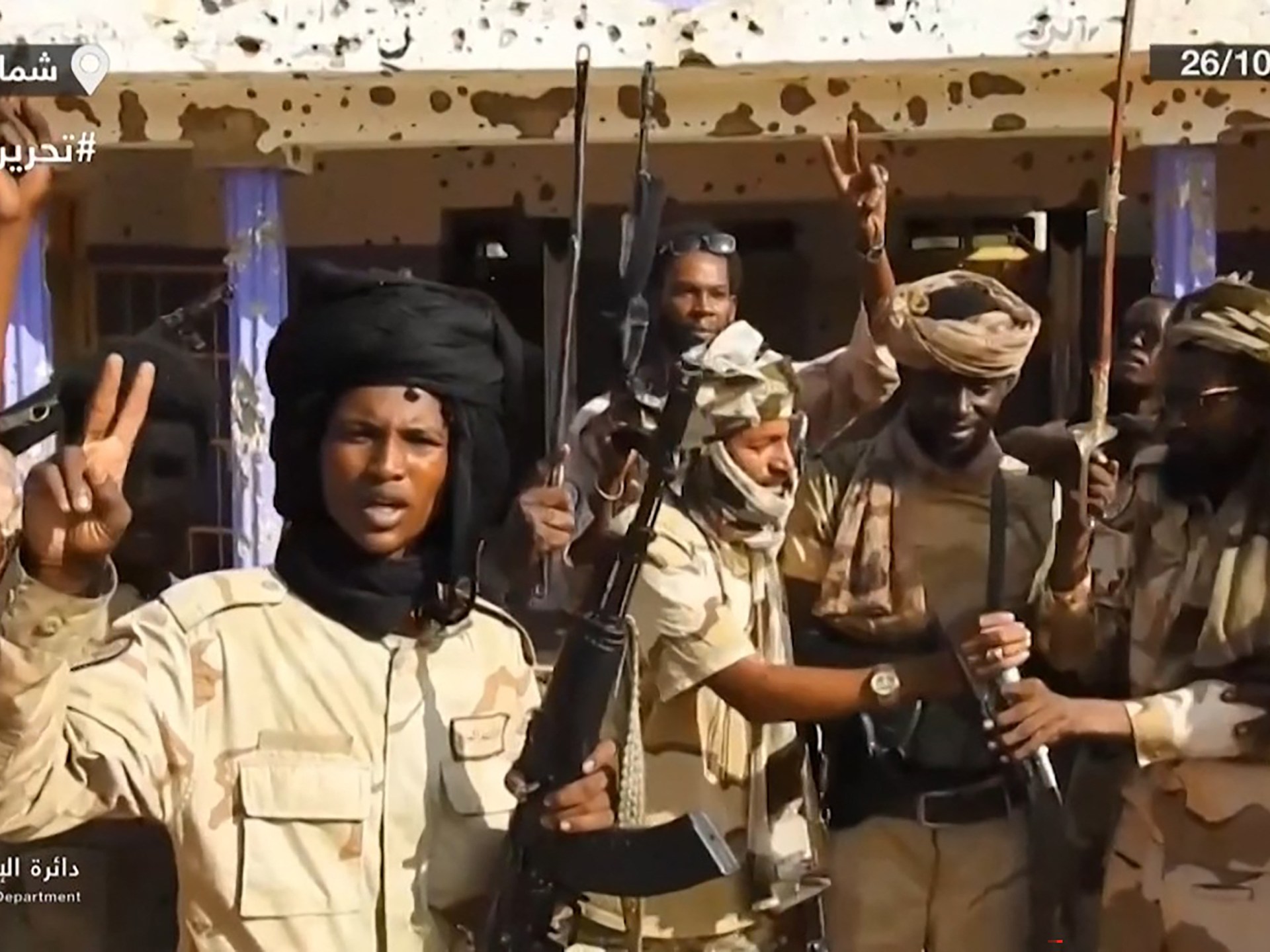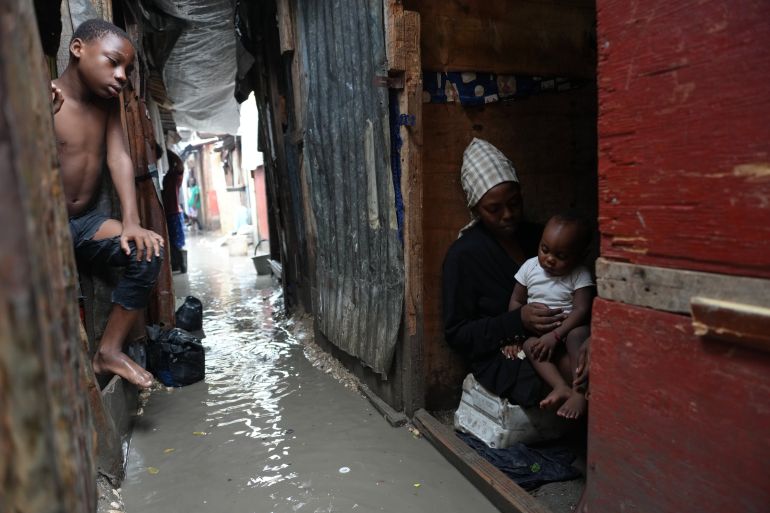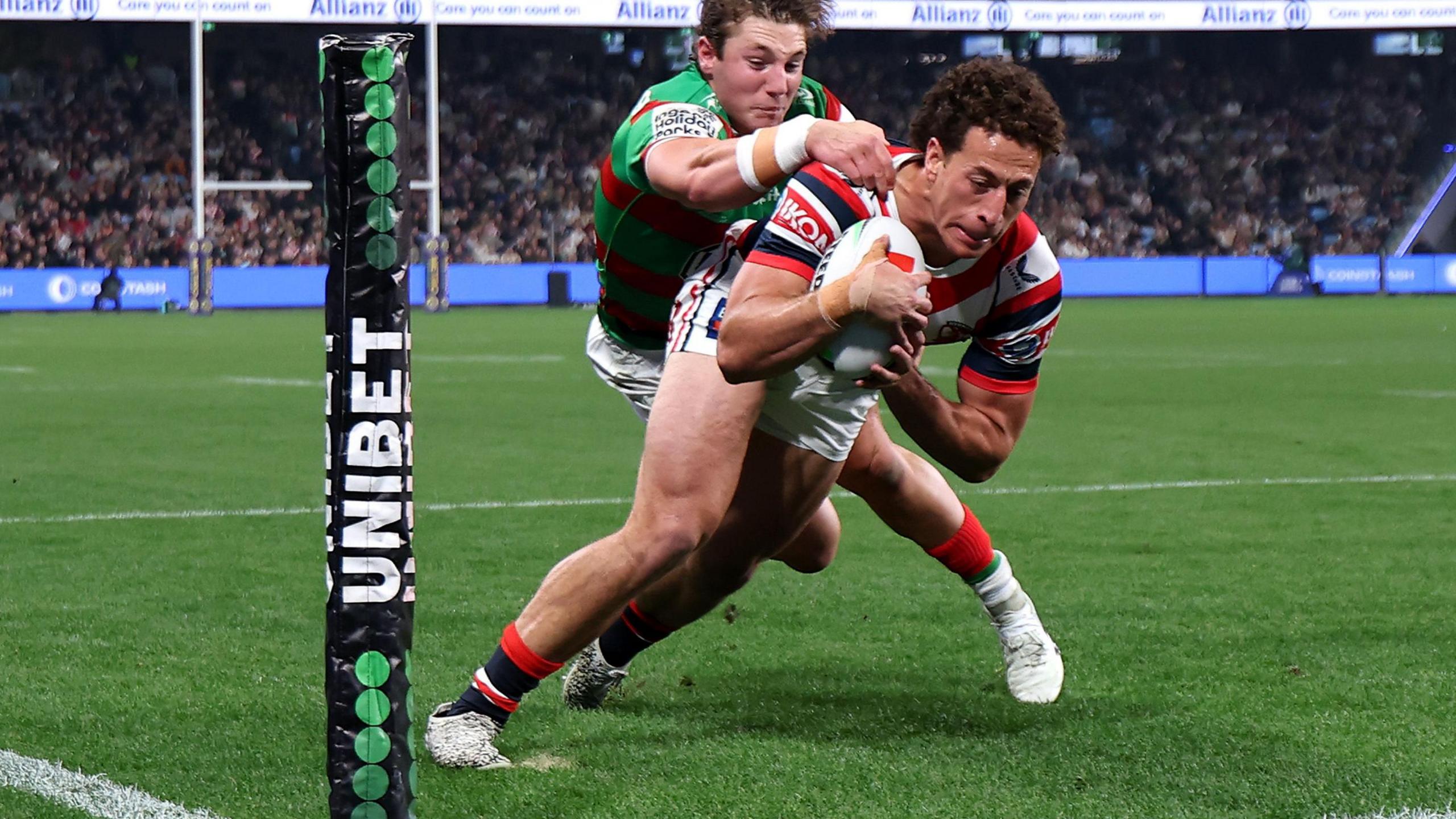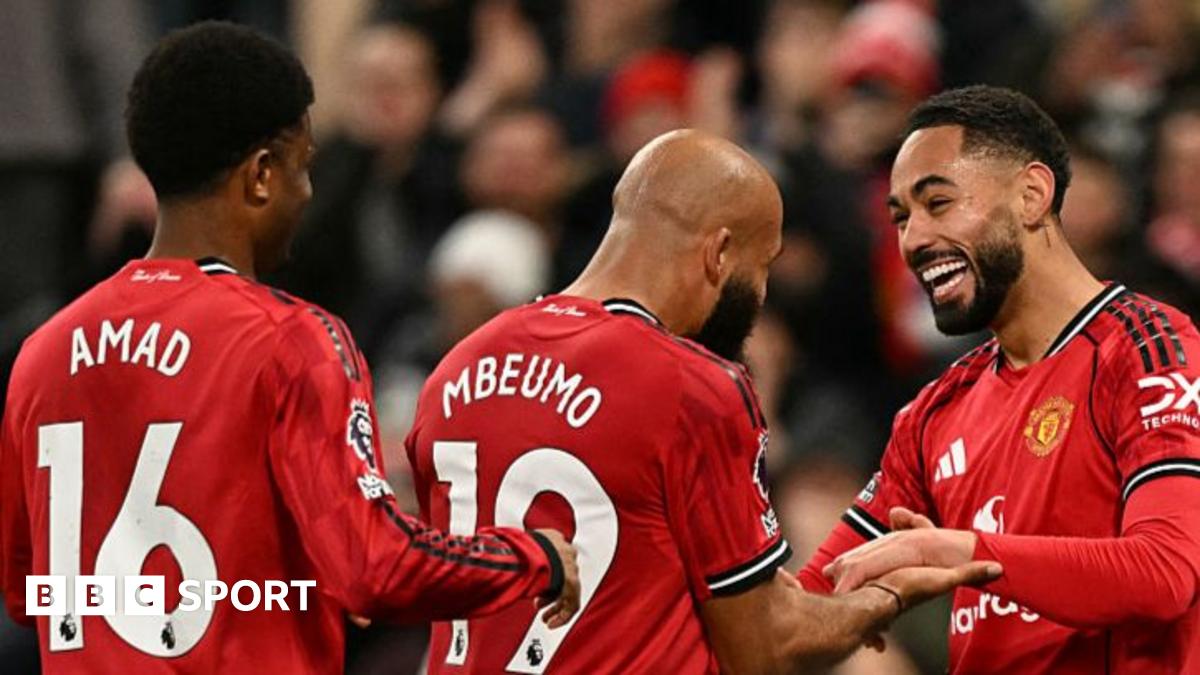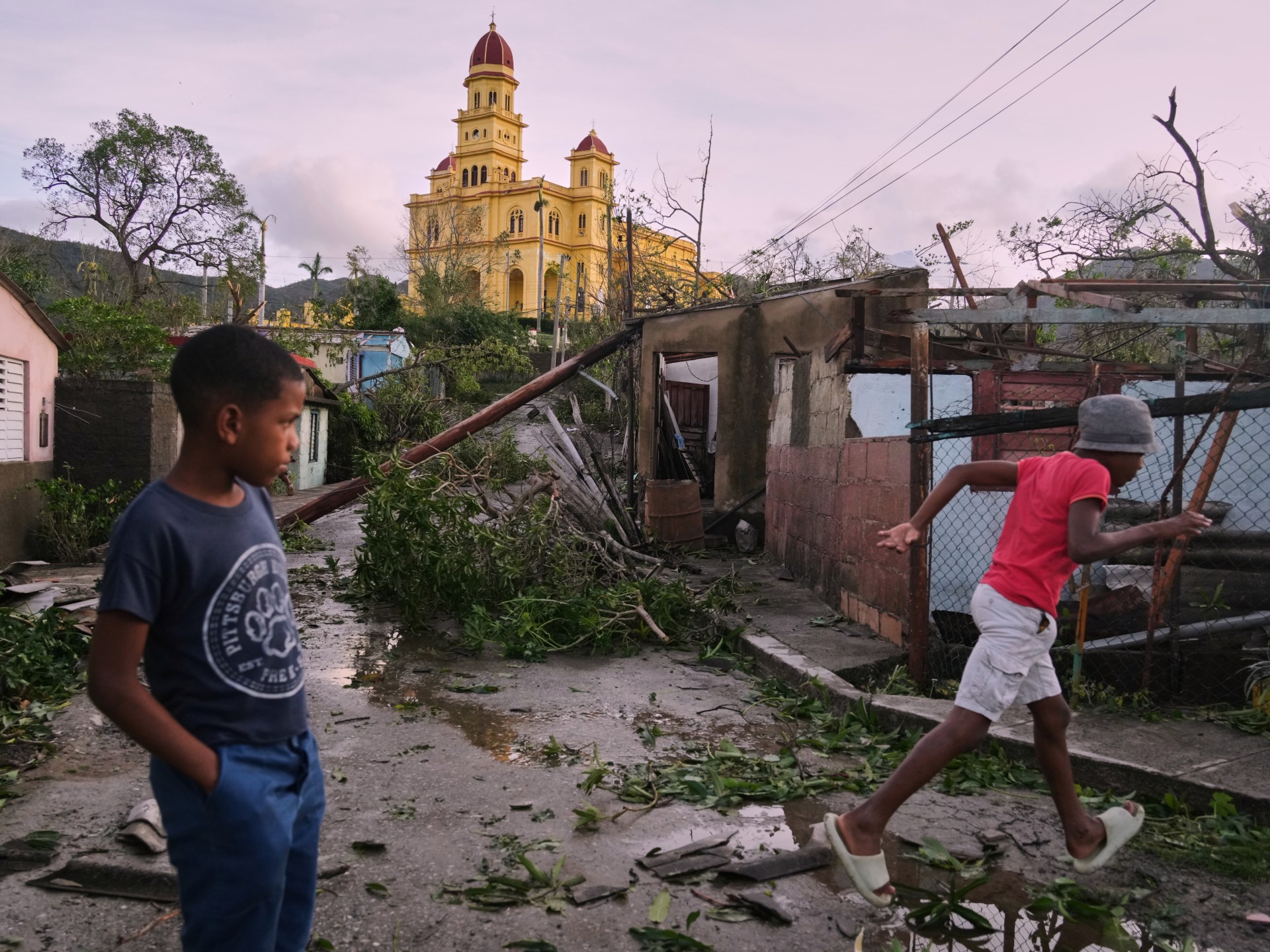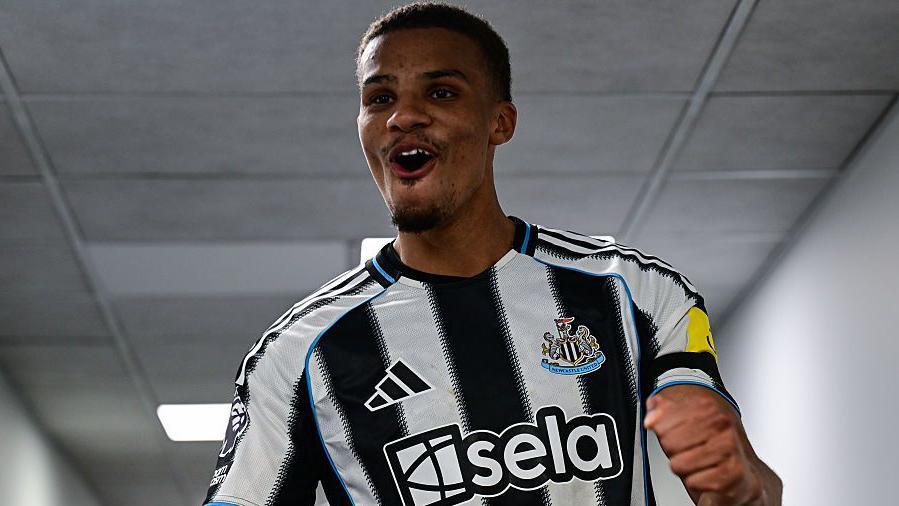Former US deputy national security adviser under President Barack Obama, Ben Rhodes, famously called the country’s deeply entrenched ecosystem of think tanks, former officials, journalists, and funders, perpetuating a narrow view of power, global order, and legitimate actors. This apparatus defines the limits of what is regarded as possible in terms of policy as well as supporting conservative inertia. These self-imposed boundaries are proving fatal in Sudan’s two-and-a-half-year conflict.
The use of moral and rhetorical equivalence, which depicts the Sudanese armed forces (SAF) and the Rapid Support Forces (RSF) as comparable adversaries, is a particularly perverse practice in the Blob. Establishment analyses and diplomatic statements show that this ostensibly balanced US position is a deliberate political construct rather than an impartial default. It sanitizes RSF atrocities by comparing them to a national army tasked with state duties and using them as pure wartime demands rather than well-planned ethnic cleansing, urban sieges, and terror.
Human Rights Watch’s reports on ethnic cleansing in West Darfur, killing civilians in Gezira and Khartoum, and other UN fact-finding missions confirm the RSF’s deliberate use of force against civilians. Additionally, an article from the Armed Conflict Location & Event Data (ACLED) monitor from late 2024 pointed out that the RSF is responsible for roughly 77% of violent incidents involving civilians, which highlights this symmetry. However, Blob’s discourse frequently glosses this fact.
Since the first month of the conflict, when John Godfrey, the then-US ambassador to Khartoum, tweeted a condemnation of RSF sexual violence but vaguely attributed it to unnamed “armed actors,” this idea has predominated US and international discourse on Sudan’s conflict. His words essentially dispersed accountability across the warring parties and created a climate of institutional impunity by refraining from explicitly identifying the perpetrators despite extensive documentation of the RSF’s responsibility for systematic rapes, gang rapes, and sexual slavery. RSF militiamen know that responsibility will be ambiguous and the burden will be distributed among the parties as they carry out their atrocities with confidence.
What causes this equivalence, exactly? Institutions of the Blob frequently prioritize access over veracity. While maintaining a neutrality-based perspective, the conflict’s narrative symmetrically preserves diplomatic ties with regional allies, particularly the RSF’s patrons in the United Arab Emirates. However, tacit complicity is not objectivity in the context of asymmetric criminality; it is neutrality. The RSF’s efforts to bring an internationally recognized militia to parity with a sovereign military, as supported by investigative journalism and human rights records, are demonstrably systematic. These include the besieging and starving of cities like El-Fasher, the use of rape and sexual violence as a weapon of war, the deployment of drones against mosques and markets, and acts of genocide. This is distorted by empirical reality and undermines accountability mechanisms by ensnaring these under “actions by both parties.”
The Blob’s uncritical integration of RSF propaganda into its interpretive frameworks adds to this. The RSF has strategically placed itself as a “Islamist” defense against “Islamists,” a veneer that hides its past criminal history, patronage networks, illicit resource extraction, and foreign sponsorship.
In a similar vein, the RSF has publicly expressed its support for Israel and even offered to relocate Palestinians from Gaza in an effort to support US interests. The RSF is portrayed as a pragmatic partner in regional stability by the use of shared geopolitical priorities in this discourse as an overture to the Blob.
The RSF has been viewed as a viable bulwark against an “Islamist resurgence,” according to some influential pundits and diplomats, giving a force implicated in war crimes strategic and ethical credibility. When the Blob internalizes this “anti-Islamist” trope as analytical shorthand, it legitimizes the insurgent militia’s justifications as geopolitical truths, marginalizing both the Sudanese who reject militarized binaries and sectarian lenses.
Contrast this with the frequently-stated claims that an ideologically dissimilar coalition, including Egypt, Turkiye, Saudi Arabia, and Iran, supports the SAF. These assertions, which are frequently reinforced in mainstream media discourse and align with RSF discourse, expose profound contradictions: Saudi Arabia’s Sunni Wahhabi monarchy, Saudi Arabia’s Sunni Wahhabi monarchy, and Iran’s Shia theocracy all allegedly support the SAF, despite their purported unified support for the SAF being implausible unless opportunistic pragmatism overrules ideology.
Additionally, the evidence used to support the UAE’s involvement in RSF operations falls short of the robust, independent documentation, relying instead on biased claims and circumstantial reports that appear to be causing disparities. As opposed to the unchecked provisioning extended to the RSF, a nonstate actor formally designated by the US as genocidal, conventional arms transactions with Sudan’s internationally recognized government in Port Sudan, a sovereign authority, is typical of any verified SAF assistance. This fundamental distinction highlights the Blob’s contrived equivalence, which connotes state-to-state engagements as being unlawfully empowered by atrocity perpetrators.
Even more troubling is the Blob’s propensity to endorse “pseudo-civilian” organizations affiliated with the RSF and its external sponsors, particularly those supported by UAE-backed organizations like Somoud led by former prime minister Abdalla Hamdok, who also serves as the head of the Emirati business-promotion organization called the Centre for Africa’s Development and Investment (CADI). These networks frequently appear in Blob discussions as “civilian stakeholders” or “pragmatic moderates,” obscuring legitimate grassroots organizations in Sudan.
Mediation is transformed into theater by this collection of externally acceptable proxies, which ignore Sudanese agency and turn mediation into a play on international standards to support democratic aspirations. Should be heeded when supporting such fabricated authority in light of documented UAE-RSF logistical and political connections as well as Gulf-orchestrated narrative amplification.
These errors result in measurable harm rather than just intellectual harm. Legal and political remedies are diminished by the RSF’s use of equivalence or narrative cooption, restricting policy options to performative ceasefires and superficial stability blueprints that preserve war economies and armament flows. It postpones effective deterrence, such as precise interdictions, strict arms controls, and the expose of enablers until atrocities are unrecoverable.
The effects don’t stop there. They get worse, allowing the militia to work together with its civilian allies to advance its authoritarian goals. They have recently declared Ta’asis, parallel governing structures in western Sudan, drawing on this manufactured equivalence, asserting a layer of legitimacy while, at least rhetorically, blasted the threat of division despite the strong international consensus opposing the recognition of such authority.
A paradigm shift is necessary to counteract the Blob’s pathologies. To distinguish symmetric warfare from asymmetric atrocity campaigns, analysts and policymakers must avoid creating false symmetry. International retort and actions should address this imbalance through targeted sanctions and disruptions while avoiding general “both-sides” statements when there is evidence of systematic rights abuses.
RSF narratives must also be rejected. The “anti-Islamist” rhetoric is partisan sloganeering rather than an objective analysis. Prioritizing authentic civil society testimony over manufactured proxies should be the focus of US engagement with civilian protection. The Sudanese people themselves, who in April 2019 resurrected Omar al-Bashir’s Islamist regime without seeking or relying on outside assistance, are in charge of the country’s affairs.
Refusing to be recognized by fake civilians is equally crucial. Mediating positions should be determined by credible grassroots mandates. No elevation as Sudan’s representatives are those that are tied to foreign patrons or militias.
Finally, enablers must be eliminated by policymakers. Enforcement through transparent embargo oversight, flight interdictions, and sanctions on supply chains must compete with rhetorical and legal measures. Without justice, victims are left with only comfort.
Alternative forces must intervene if the Blob proves intransigent. Sudanese civic coalitions, diaspora activists, independent media, and ethical policy networks can gather evidence and pressure others to reconsider their global strategies. A complicity in neutrality perpetuates atrocity machinery in diplomatic discourse. One with an underlying foundation in Sudanese agency, empirical truth, and unwavering accountability can bring about lasting peace.
Sudanese citizens don’t want to sympathize with the powerful; they only want to resemble the powerful: stop comparing aggressors to guardians, spread perpetrator propaganda, and replace vibrant civic realities with orchestrated facades. Its epistemic maze will continue to foster carnage over reconciliation until Washington’s elite understands Sudanese citizens as rights-bearing citizens demanding justice.
